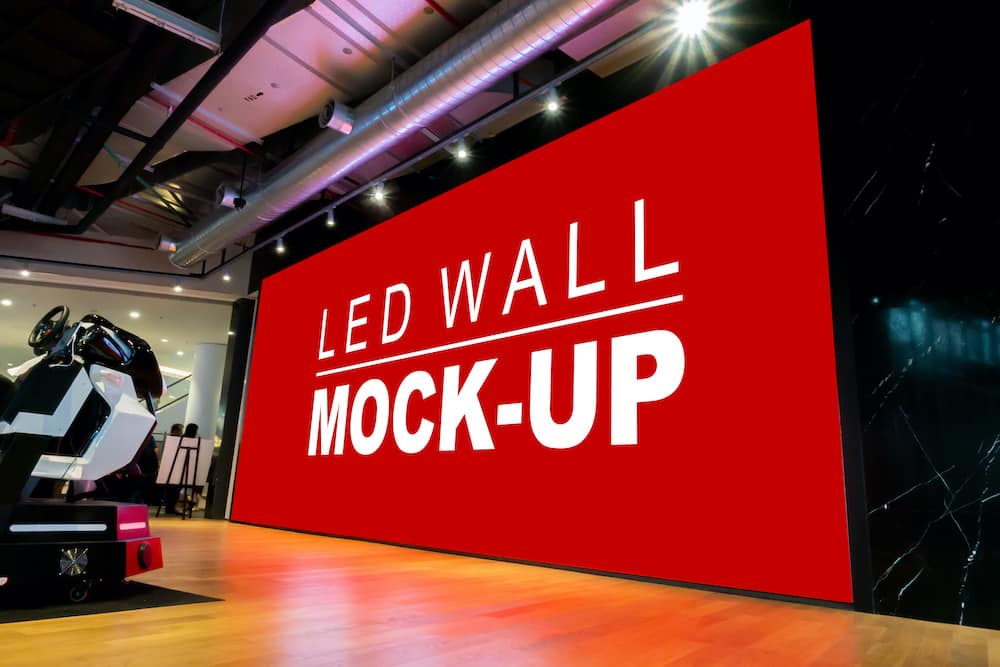Investigating the Longevity of Light Emitting Diode Wall Screens in Comparison to Traditional Screen Technologies
Investigating the Longevity of Light Emitting Diode Wall Screens in Comparison to Traditional Screen Technologies
Blog Article
Light-emitting diode panel panels have become progressively favored in current years, especially in settings like educational institutions, corporate spaces, and community spaces. These panels use LED diodes (LEDs) to produce vivid and lively images. One of the most significant advantages of LED innovation is its durability compared to traditional screen technologies, such as CRT ray tubes (CRTs) and liquid display displays. Grasping the distinctions in lifespan and performance between these technologies can assist buyers make knowledgeable choices about their screen needs.
Traditional screen technologies, like CRTs, have been present for many decades. They were frequently used in televisions and PC monitors. However, CRTs have a limited lifespan, generally lasting around 10,000 to 20,000 hours of operation. This means that after a few years, consumers may notice a deterioration in image quality, such as fading or color distortion. In contrast, LED panel panels can last significantly longer, frequently exceeding 50,000 hours. This extended duration means that users can enjoy reliable performance without the requirement for frequent replacements.
Another crucial aspect to take into account is power conservation. LED wall panels utilize less energy than traditional screens, which not only benefits the ecosystem but also lowers electricity expenses. For example, while a CRT screen may consume approximately 100 W of energy, an LED panel can use as few as 30 to 50 W. This difference in power consumption contributes to the total durability of LED innovation, as lower energy consumption generates less thermal energy. Excessive thermal energy can harm electronic components, leading to a shorter duration for conventional screens.
In furthermore to their extended lifespan and power conservation, LED panel panels also provide enhanced image quality. They offer more vivid colors and improved contrast, making them ideal for multiple uses, from marketing to learning displays. The technology behind LED panels enables for a broader viewing perspective, meaning that site that images remain sharp and lively even when viewed from the side. This is a major benefit over conventional displays, which often suffer from hue deformation and diminished luminosity at broader angles.
In summary, the durability of LED wall panels compared to conventional screen technologies is a crucial aspect for buyers to take into account. With lifespans that can exceed 50,000 hrs, power efficiency, and superior image clarity, LED innovation offers many advantages. As technology continues to advance, LED panel screens are probably to become even more prevalent in various environments. Grasping these distinctions can help people and entities make improved choices when purchasing in display technology, ensuring they receive the optimal worth for their requirements.